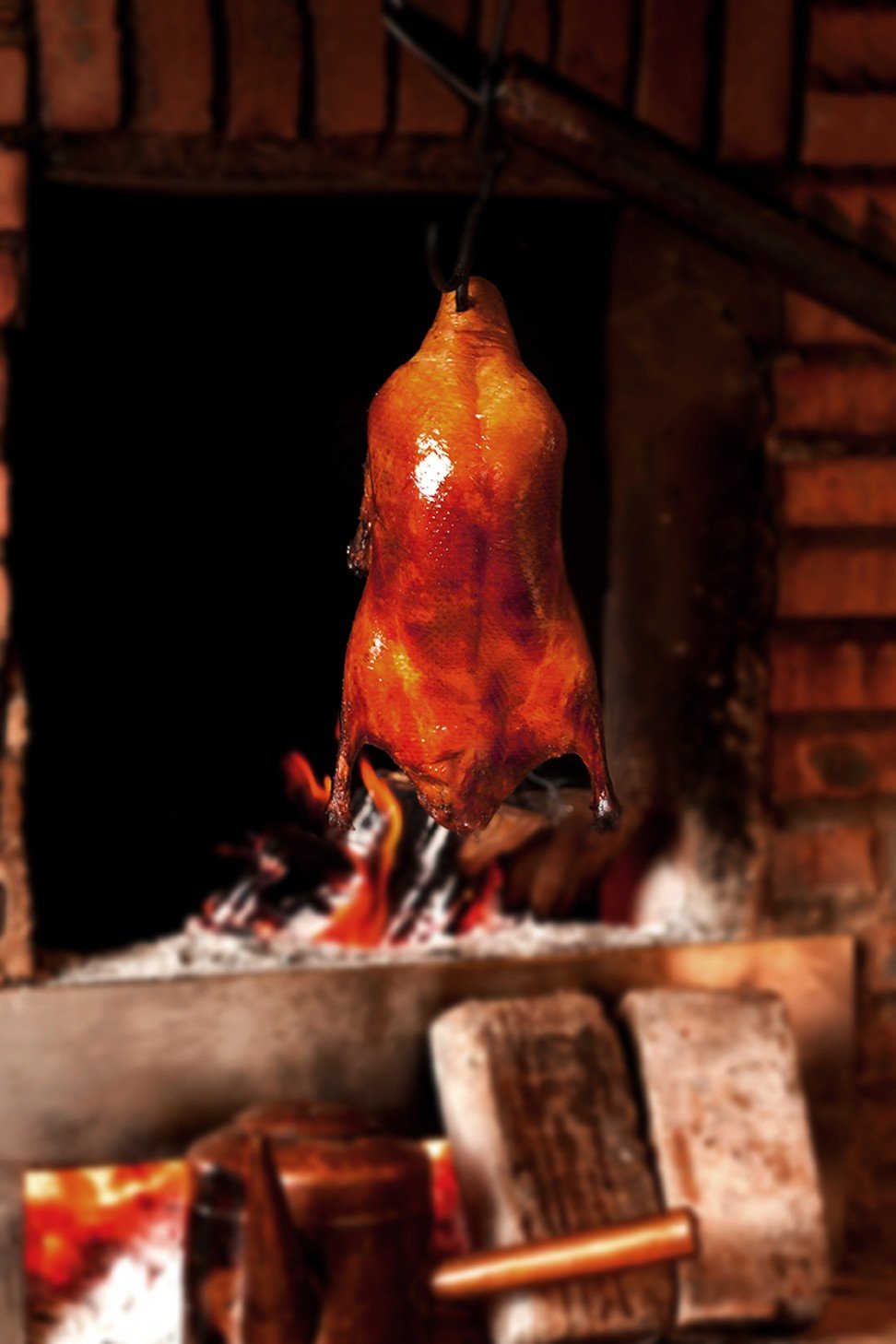Is the Peking duck really from Beijing? We go in search of its origins

Peking duck (or Beijing roast duck) has been a mainstay in Chinese cuisine ever since its recorded creation during the Yuan dynasty (1279-1368), where it was listed among the imperial recipes in court therapist and physician Hu Sihui’s Dietary Principles (饮膳正要).
Eat like a local in Bangkok
However, this is believed to be an earlier incarnation of today’s Peking duck, with executive chef Kent Jin of Grand Hyatt Beijing’s famous Made in China restaurant team adding that today’s version is likely to have originated during the Ming dynasty.
“Zhu Di (also known as the Yongle Emperor), the third emperor of the Ming dynasty brought roast duck with him when he moved the capital from Nanjing to Beijing. After that, it became one of the imperial dishes,” said Kent.
“The duck must be thoroughly cleaned, plucked, dressed, scalded and dried before being roasted on wood taken from fruit trees,” he said, adding that all the ducks come from their own farm on the outskirts of Beijing.
The famous crispiness of the skin comes from first being plunged into boiling water for up to five minutes before being hung to dry, to tighten the skin, as well as the glazing and 24-hour drying process.
Slow-roasted and bursting with flavour, the duck is traditionally sliced into 120 pieces and served with crepe-like pancakes, sweet bean sauce or hoisin sauce, finely sliced onions, and is often carved tableside.
Since then, this delicious fowl has taken flight across continents, appearing in restaurants in Europe and the Americas, and even been featured in one episode of celebrity chef Heston Blumenthal’s 2007 series, In Search of Perfection.
In his quest to discover the origin and then create the perfect Peking duck, Blumental visits Quanjude Restaurant, one of the best-known roast duck restaurants in Beijing.
Established in 1894, Quanjude uses the Qing dynasty open-oven style of roasting – ducks are hung from hooks in an open oven at around 270 degrees Celsius, with chefs rotating the ducks to ensure each part is roasted.
8 places to eat in Hong Kong in February
Its rival, Bianyifang, is China’s oldest Peking duck restaurant (having opened in 1416), and uses the traditional method of roasting the duck in a closed-oven.
The F&B team at the popular Aman Summer Palace says this closed-oven style is the key to their popular Peking duck.
“As the interior of oven has relatively high humidity, this means that the skin and the meat of roasted duck can be connected with each other, and as a result the meat tastes fluffier,” said the team.
“The reason the duck is served with pancakes and sliced scallions was because of the then-influence of China’s northern nationalities.”
Made in China’s Kent prefers to follow the open-oven method, using a brick oven and a harder fruit wood from date trees.
“The right temperature to cook Peking duck is 250 degrees to 260 degrees Celsius. Ducks roasted with fruitwood are able to absorb the special fruit flavour. Normally, chefs need to replenish the wood five to six times during the cooking process,” said Kent.
So what differentiates Peking duck from crispy aromatic duck? Unlike the royal origins of Beijing’s version, this fairly new Chinese-inspired dish was invented by the British during the latter half of the 20th century, and can be found in Chinese restaurants across Britain, and is also served with pancakes, hoisin and cucumber.
“The method of cooking and the taste are different. Crispy aromatic duck is a kind of fried duck after pickling with salt, while Peking duck is just roasted with no seasoning,” said the team at Aman Summer Palace.
Manchester United stars’ Q&A: chicken feet or duck tongue?
Kent agrees, adding that “Cantonese style aromatic duck normally has a combination of dried mandarin, garlic, ginger, spring onions, Shaoxing wine, five spice powder and/or Sichuan peppercorns, which is totally different from Peking duck.”
So there you have it, the origins of Peking duck and its British cousin, crispy aromatic duck, both of which are as tasty as they’re quacked up to be.
Where are Singapore noodles from? How are century eggs made? Are French fries improperly named? And what’s the final verdict on where tikka masala was created? With the Origins series, STYLE delves into the often surprising beginnings of iconic dishes or foods, how they’ve evolved over time and the many ways they’re enjoyed today.
Want more stories like this? Sign up here. Follow STYLE on Facebook, Instagram and Twitter

While on the subject, what exactly is its British cousin, crispy aromatic duck?


